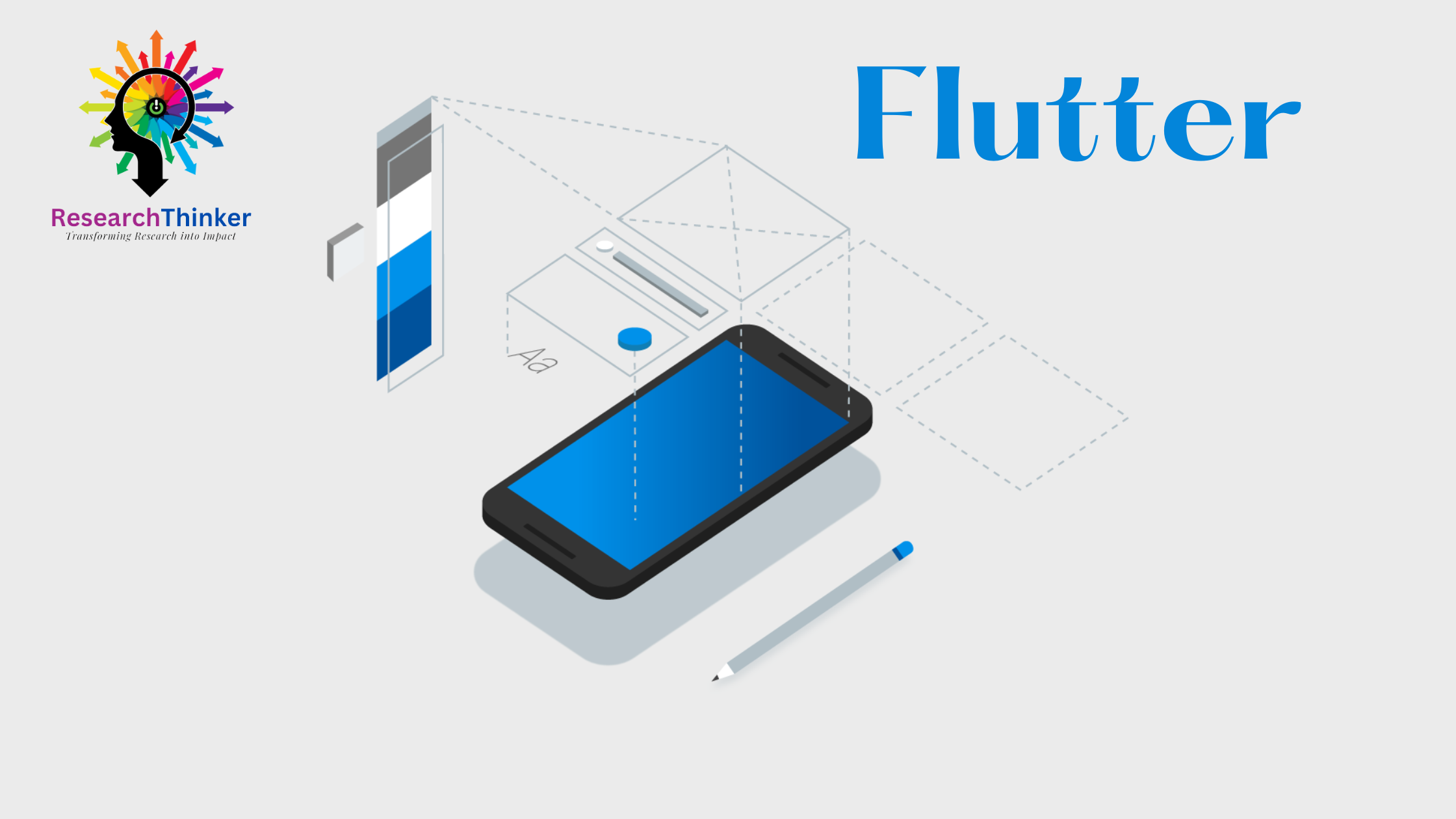When and where do we use stateless and stateful widget in flutter?
The decision to use a stateless widget or a stateful widget in Flutter depends on the specific requirements and characteristics of your application. Here are some guidelines to help you determine when and where to use each type of widget:
Stateless Widget
- Displaying Static Content: Use stateless widgets when you need to present static content that doesn’t change over time, such as text, images, or icons.
- Performance Optimization: Stateless widgets are more lightweight and can offer better performance compared to stateful widgets. If a widget doesn’t require internal state management, using a stateless widget can be beneficial for performance optimization.
- Reusability: Stateless widgets are inherently reusable because their behavior is solely determined by their input properties. If a widget can be used in multiple contexts without needing to maintain any internal state, it is a good candidate for a stateless widget.
- Simplicity: Stateless widgets are simpler to implement and reason about since they don’t have mutable internal state. They follow a functional programming paradigm, making them easier to test and maintain.
Stateless example:–
import 'package:flutter/material.dart';
class MyStatelessWidget extends StatelessWidget {
@override
Widget build(BuildContext context) {
return Text('Hello, World!');
}
}
Stateful Widget
- Managing Dynamic Data: Use stateful widgets when you need to manage and update dynamic data that can change over time, such as counters, form inputs, or real-time data from APIs.
- Handling User Interactions: Stateful widgets are essential for handling user interactions that trigger UI updates, such as button presses, form submissions, or gestures. They allow you to respond to user actions and modify the UI accordingly.
- Data Fetching and Asynchronous Operations: Stateful widgets are commonly used when fetching data from APIs or performing asynchronous operations. They can handle loading states, display progress indicators, and update the UI when the data is received.
- Complex UI with Mutable State: If your UI involves complex logic or requires mutable state to manage its behavior, a stateful widget can provide the necessary flexibility. For example, if you have conditional rendering, animations, or multi-step processes, a stateful widget allows you to maintain and update the required state.
Stateful example:–
import 'package:flutter/material.dart';
class MyStatefulWidget extends StatefulWidget {
@override
_MyStatefulWidgetState createState() => _MyStatefulWidgetState();
}
class _MyStatefulWidgetState extends State<MyStatefulWidget> {
int _counter = 0;
void _incrementCounter() {
setState(() {
_counter++;
});
}
@override
Widget build(BuildContext context) {
return Column(
children: <Widget>[
Text('Counter: $_counter'),
RaisedButton(
onPressed: _incrementCounter,
child: Text('Increment'),
),
],
);
}
}
Remember that Flutter encourages a compositional approach, where you can combine stateless and stateful widgets to build complex UIs. You can use stateless widgets as building blocks within stateful widgets to separate static and dynamic parts of your UI.
Comparison:
| Stateless Widgets | Stateful Widgets |
|---|---|
| Immutable | Mutable |
| No internal state | Can maintain and update internal state |
| Properties cannot be changed once instantiated | Properties can be changed dynamically |
| Rebuilding the widget will always result in the same output | Rebuilding the widget can result in a different output |
| Generally more efficient in terms of performance | May have performance implications if state changes are frequent |
| Ideal for simple UI components with no need for managing state | Suitable for components that need to maintain and update state |
In general, it’s a good practice to use stateless widgets whenever possible to keep the codebase simpler and improve performance. Reserve stateful widgets for situations that genuinely require mutable state management or dynamic behavior.



